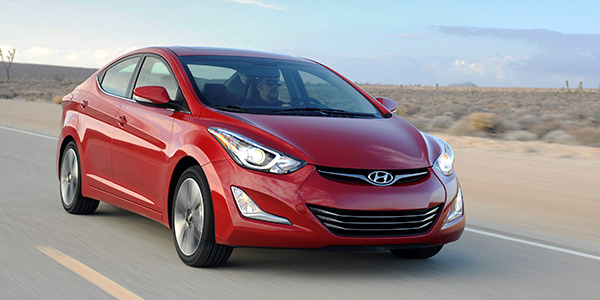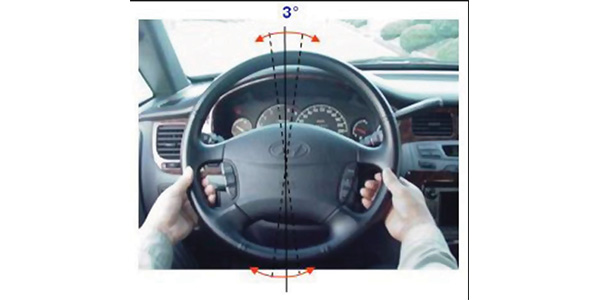
If you look at Hyundai TSB 16-SS-001 on drift/pull conditions, it can be confusing and might seem like a lot of warranty mumbo-jumbo. But, in this TSB and a lot of similar TSBs from Asian and European nameplates on drift/pull conditions, they are looking to do two things. First, quantify the condition with set numbers and standards. Second, offer practical solutions that correct the condition with adjustments to the steering, suspension and tires.
Drift/pull conditions occur at all speeds. But, the amount of force on the steering wheel or steering angle will increase with speed. If the customer states the drift/pull problem is sporadic, the cause could be the stability control system, or the electric or hydraulic power steering system.

The customer’s definition of a drift/pull condition can be summed up as the wheel is not straight when the vehicle is traveling in a straight line. An engineer’s definition of a drift/pull condition is chassis and tire conditions that require steering input to achieve travel in the desired direction. For a technician, it is about capturing what the driver is experiencing. Curing the problem could be an issue with stacked tolerances of different components and systems.
Hyundai TSB 16-SS-001 defines it as the steering wheel being 3 degrees off center to keep the vehicle traveling in a straight line. They also define a pull with a simple test at 40 mph. Hyundai says that if it takes less than six seconds for a vehicle to travel from edge to edge of a lane, then there is a drift/pull condition.
The Test Drive
Test-driving the vehicle is critical. Just pulling the car into the alignment bay, taking readings and looking for the specification that’s out of whack will typically never solve the customer complaint.
It is critical to ask the customer at what speeds they experience the condition and on what type of roads. Without knowing this information, you will never solve the problem.
Ride Height
Ride height is more than a measurement to gauge the health of the springs. It is a diagnostic measurement that can be used, even if you do not have the specifications or procedures (something Hyundai rarely provides). Most Hyundai service information contains only the free height of the springs, which requires disassembly.
The best method to measure ride height is to measure the height of the lower inboard control arm bolt to the ground, or the height of the wheel center to the top of the fender well. The key is to compare that measurement to the other side. If the measurements are drastically different side-to-side, start looking for bent parts or worn bushings. After that, look at the springs for missing coils or lackluster ride control qualities on the test drive.
The most important thing to remember is that, as the suspension compresses, the alignment angles change. It is possible to set toe, caster and camber within specifications on a vehicle with lower ride height.
Tires
Tires can also cause a vehicle to pull. While it is not as big of a problem as it was 20 years ago, it can occur. Today’s tires are manufactured to higher tolerances, and the decreased sidewall area can reduce the chances of a tire’s rolling circumference from causing pulls. But, there is one thing that remains constant, and that is drivers not regularly checking the inflation pressure. A side-to-side difference as small as 3 psi, can cause a drift/pull condition.
Rotating tires can give you an indication if the problem is related to the tires. If you can rotate the front tires side-to-side and the pull is in the opposite direction, you may have found your problem. If you rotate the tires front-to-rear and the problem is gone, you just might have solved the issue until the next rotation. Some tire balancers can measure the “road force” of the wheel and tire assemblies. Look at the full set of tires and wheels and come up with a mounting strategy to cure the steering drift/pull.
In The Green, Still A Pull?
Even if all of the angles are in the green, the car may still have an alignment problem. Interpreting the angles and thinking about how an angle on one side can “add up” to trouble on the opposite side is critical for avoiding comebacks. Positive camber on one side with negative camber on the other can add up to a pull, even if the specs are within tolerances, because ±5° on both sides can add up to 10º.
Article courtesy ImportCar.















